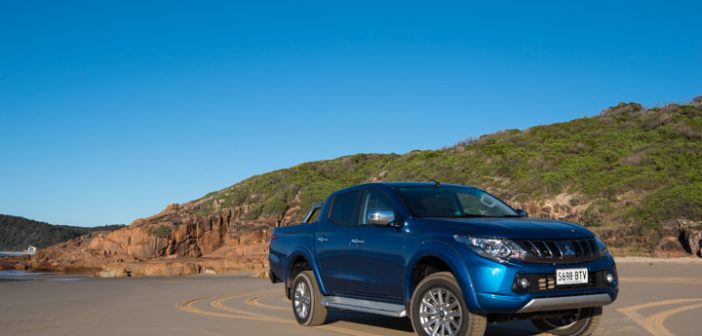As long as I’ve wondered if a dual cab ute might be the ideal four-wheel drive for our adventures, I’ve had a soft-spot for the Mitsubishi Triton. Since its update in 2015, the cheapest of the Japanese dual cabs has been a basic but practical truck that’s not overly exciting or exceptionally well featured, but still does everything that’s asked of it without any drama. (Of course, none of the dual cabs are built in Japan anymore; the Triton is built in Thailand).
Not much stands out when you look closely at the Triton and compare it to other dual cab utes. It’s got 3kW more than the HiLux and D-Max but produces 30Nm less torque than the Toyota and the same torque as the Isuzu, none of which are performance stand-outs in the dual cab space-race. Although there’s a six-speed manual, there’s only a five-speed auto available across the range, which is one short of the standard offered by most other dual cab utes. For all that, though, the Triton gets along quite well. It’s quick off the mark and comfortable on the highway, and unless you were really concerned, you’d be hard pressed telling it doesn’t have a sixth cog.
The Triton does well in the sand. It’s not an overly heavy vehicle, and so with reduced pressure in the tyres and the traction control turned off, it’ll do well on the beach.
The Triton is available for $44,590 with tow bar and electric plates


